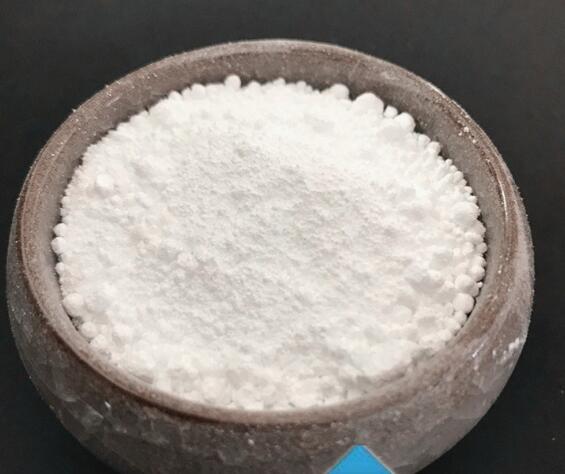Highly oriented magnesium hydroxide modification technology and its excellent application in EVA copolymers

Explore the modification technology of highly oriented magnesium hydroxide (HOMH) and how it can significantly improve the properties of ethylene-vinyl acetate copolymer (EVA), including flame retardancy, mechanical and thermal stability. This article introduces the modification methods and experimental results in detail, providing new ideas for the high performance of EVA materials.
In the plastics industry, finding environmentally friendly and efficient flame retardants has always been a research hotspot. Magnesium hydroxide (Mg(OH)₂) has become an ideal flame retardant material due to its non-toxic and smokeless properties. In particular, highly oriented magnesium hydroxide (HOMH) shows great potential for application in EVA copolymers due to its excellent orientation.
Modification technology innovation
In order to give full play to the flame retardant performance of HOMH, researchers have adopted a variety of modification technologies:
Surface modification: By adding surfactants such as stearic acid, the dispersion of HOMH in the EVA matrix is improved and the compatibility is improved.
Chemical grafting: Use silane coupling agents, etc. to enhance the interfacial bonding force between HOMH and EVA matrix.
Physical blending: Through high-speed stirring and ultrasonic treatment, HOMH is uniformly dispersed in EVA.
Preparation of highly oriented magnesium hydroxide
Methods for preparing highly oriented HOMH include:
Template method: Use organic or inorganic template agents to precisely control the orientation and size of HOMH.
Sol-gel method: Orienting agents are used to guide HOMH particles to align in specific directions to optimize the microstructure.
Electrochemical deposition method: deposit a highly oriented HOMH film on the substrate and adjust the orientation and thickness.
EVA copolymer performance improvement
The addition of HOMH brings all-round performance improvements to EVA copolymer:
Flame retardant performance: HOMH forms a continuous barrier layer in EVA, effectively preventing the spread of flames and reaching V-0 flame retardant level.
Mechanical properties: The addition of HOMH significantly improves the tensile strength and elongation at break of EVA.
Thermal stability: HOMH decomposes and absorbs heat to form a heat insulation layer, improving the thermal stability of EVA.
Processing performance: Modified HOMH reduces the processing difficulty of EVA composite materials and improves product quality.
Experimental methods and results
Composite material samples were prepared by melt blending method and the following tests were performed:
Mechanical property testing: Evaluate the effect of HOMH on the mechanical properties of EVA.
Flame retardant performance test: Evaluate the flame retardant effect through UL-94 and oxygen index tests.
Thermal stability test: evaluate thermal stability through TGA and DSC.
Microstructure analysis: observe the dispersion state and orientation of HOMH in EVA.
Experimental results show that the modified HOMH significantly improves the flame retardant performance, mechanical properties and thermal stability of EVA, while optimizing the processing performance.
The modification technology of highly oriented magnesium hydroxide opens up new ways to improve the performance of EVA copolymers. Future research will continue to explore more efficient modification methods to maximize the application effect of HOMH in EVA. With the continuous advancement of technology, we expect that HOMH will be more widely used in the plastics industry and make greater contributions to people's safety and environmental protection.








